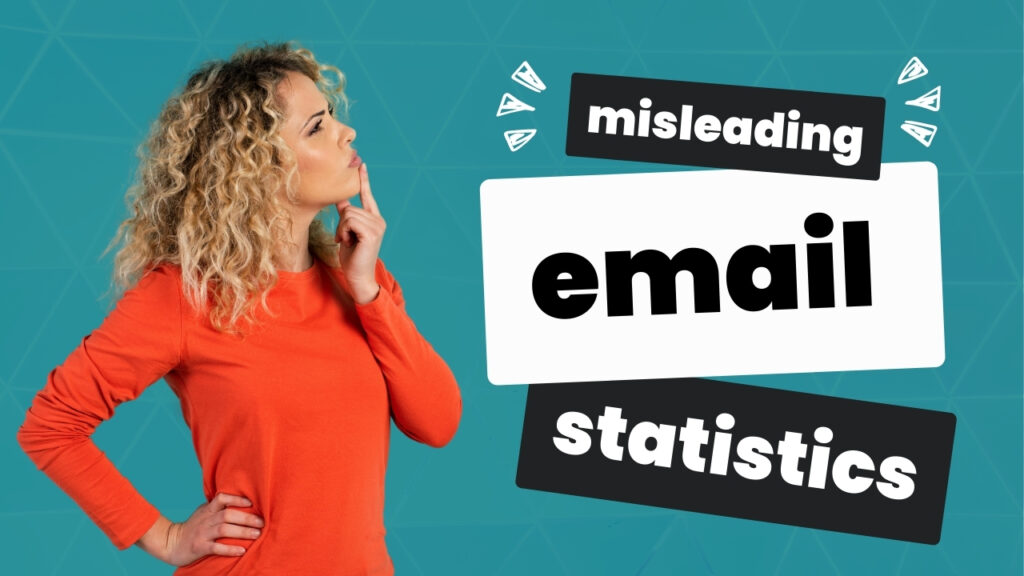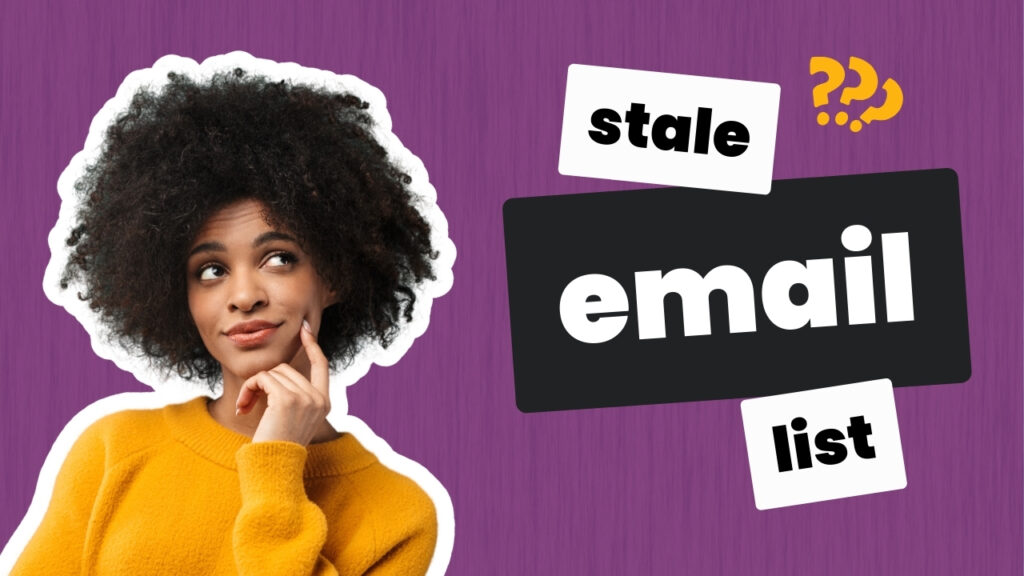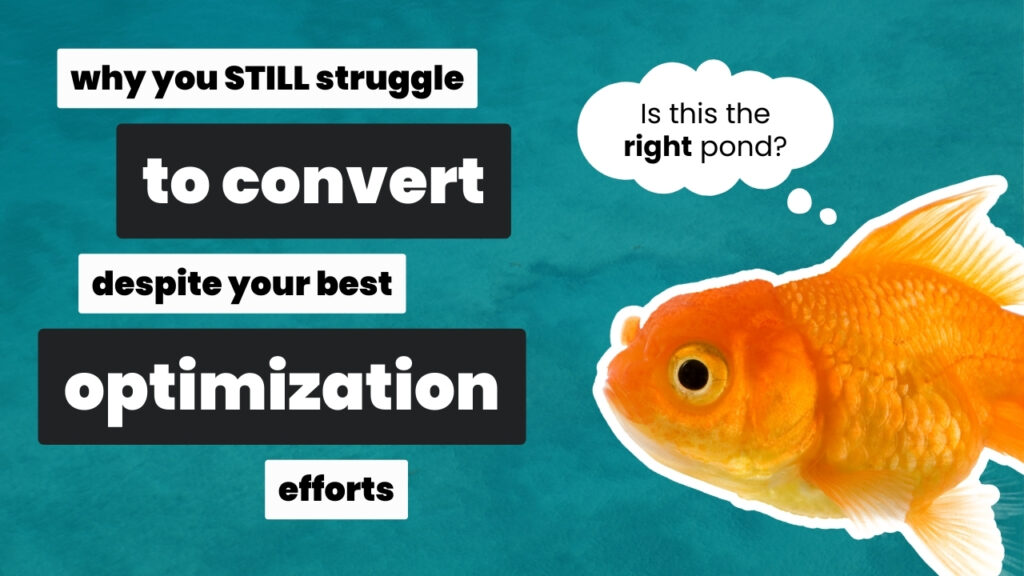By doing voice-of-customer research before you promote, you’ll put out more reliable pages, emails, and ads and increase your chances of seeing more conversions more quickly.
But you might be wondering:
How much VOC research do you need?
Where should it come from?
Or when can you stop researching and start writing?
In this video, I share a few core VOC research principles I follow to get the data I need to write reliable copy.
TRANSCRIPT:
How much VOC or voice of customer research do you actually need?
Hi, I’m Paige. And I help founders and marketers boost the conversions for their most critical campaigns by focusing specifically on their marketing messages, or as we like to call it, the copy.
Part of that process involves doing voice of customer (VOC) research, which basically means going out into real conversations, investigating, or researching, real experiences and real people to get a better, more grounded, data-driven feel of the conversion context.
In other words, VOC research helps you understand what actually motivates the right prospects to buy what you’re selling.
So if you’re not doing VOC research, you should!
That research is critical to helping you eliminate as much guesswork as possible when putting together your marketing messaging. And the fewer guesses you’re making, the more chances you have to see conversions earlier out of the gate.
If you’ve heard about voice of customer research, but you’re still not quite sure what that looks like, you might be wondering:
How much research do I need?
Where should I look?
When can I stop researching and start writing?
Those were questions that recently came across my LinkedIn inbox. Someone asked me: “Is two sources enough? Here’s where I’m looking… And I’m starting to feel overwhelmed. When can I stop?
Today I’m going to share the thought process I use when doing voice of customer research.
I’m not going to say that my way is the only way. There are definitely some solid principles you want to follow. And in this video, you’re going to see some solid places to start if you’re new to this whole voice of customer research thing.
Let’s start with the question: How many sources do I need?
You might be familiar with the concept of data triangulation. It simply means to look at data from different sources, so you can see if your data is reliable.
For example, if you’re hearing that prospects want to grow their businesses from one source, and then you hear it from two other sources. You have more confidence that this is a message theme that could strongly resonate with your audience.
It’s a good idea to start with at least three sources if you want to set yourself a baseline.
Next question: When do you stop?
How I determine my stopping point is: After I’ve looked at multiple sources (so I know that I can compare and see if I’m seeing multiple messages in different places), when I stop learning new things, I stop researching.
It’s hard to pin down an exact number of sources because if I keep learning, if I’m still finding really juicy stuff that I can use for messaging, I’m going to keep going.
Once I realize that I’m seeing the same things over and over and over again, I know I’ve hit my threshold and that it’s time to analyze that data and make a plan for the messaging.
Keep in mind that it’s not only about how many sources.
It’s also about the types of sources you use.
Let’s say, hypothetically, I’m optimizing emails for a sales email sequence to get people to sign up to some program. What I really want to look at is why people sign up and why people don’t sign up. So I already see 2 core sources here, right?
I’m going to look at people who have recently signed up, let’s say, in the last 30 days. Or maybe if that’s not a large enough segment to survey, then I might look at the last 90 days. That’s one of my sources.
Another source will be people who opted not to sign up. Those people can also be a great source to help you figure out what’s holding people back. Look at who said no during the last promotion. They would be a second source.
If this program had a Facebook group, I would want to go into that Facebook group or whatever community they’re using and browse those messages and look for data in that realm.
I might also dive into some product reviews. I might look at Amazon book reviews or subreddits (for some businesses subreddits can be a really great place to find VOC data).
With these places, I’m looking further out. Think about it like a target.
Focusing on customers would be the center of the target. People who are leads but didn’t convert? They would be a little bit further away from the center. Then we’d have complete strangers, and we’re looking at conversations around the same topic but in different places, and those would be more towards the outer rim of that target.
Depending on what the business looks like and what the business has access to, I’m also going to want to look at other sources like responses to surveys that are built into thank you pages, support chats, DMs (if someone’s really active on Instagram, then DMS can be a good source of information if we’re having sort of those pre-sales conversations there) support chats that you’re having on your website.
Those are all good places to look for messaging insights.
As you can see, you want to make sure you’re using multiple sources of data. And you want to make sure you’re choosing the sources based on what you’re optimizing.
How many you need also depends on the context.
You’ll want to use as many sources of data that are as relevant to your project as possible – only stopping when you realize you’re not learning anything new. So as long as you’re learning, keep going.
If you’ve done voice of custom research and you’re thinking, “Yeah, that sounds all well and good, but I’m overwhelmed. What do I do with all this data?” that’s not a too-much-data problem. Because you likely have data that you can use, and it’s going to be vital to the messaging you create.
You have an organizational problem.
I store data right now using a spreadsheet where I can capture all the little snippets I save, where I can keep track of links, and where I can actually go in and build in drop-down menus, code that data, and attribute themes to specific types of data.
Once I sort that list and categorize everything, it forms the foundation of how I start analyzing the messaging and organizing everything.
It’s in a, you could say, neat… organized… structured presentation.
And not only for presentation. But also just for usefulness.
Because you’re going to reference that data all the time.
So it needs to be easily searchable. It needs to be categorized. And everything needs to be collected easily in one place now.
There are Chrome extensions and research tools out there, so definitely you can look into that. I haven’t found one yet that I love, but this has inspired me to look again.
I hope you got some new insights or ideas or inspiration for your voice of customer research process.
And, as always, if you need help doing the research, figuring out what that research means for your messaging, and turning those insights into copy that’s going to connect and convert throughout your funnel or your flash sale or your launch, let’s chat.


